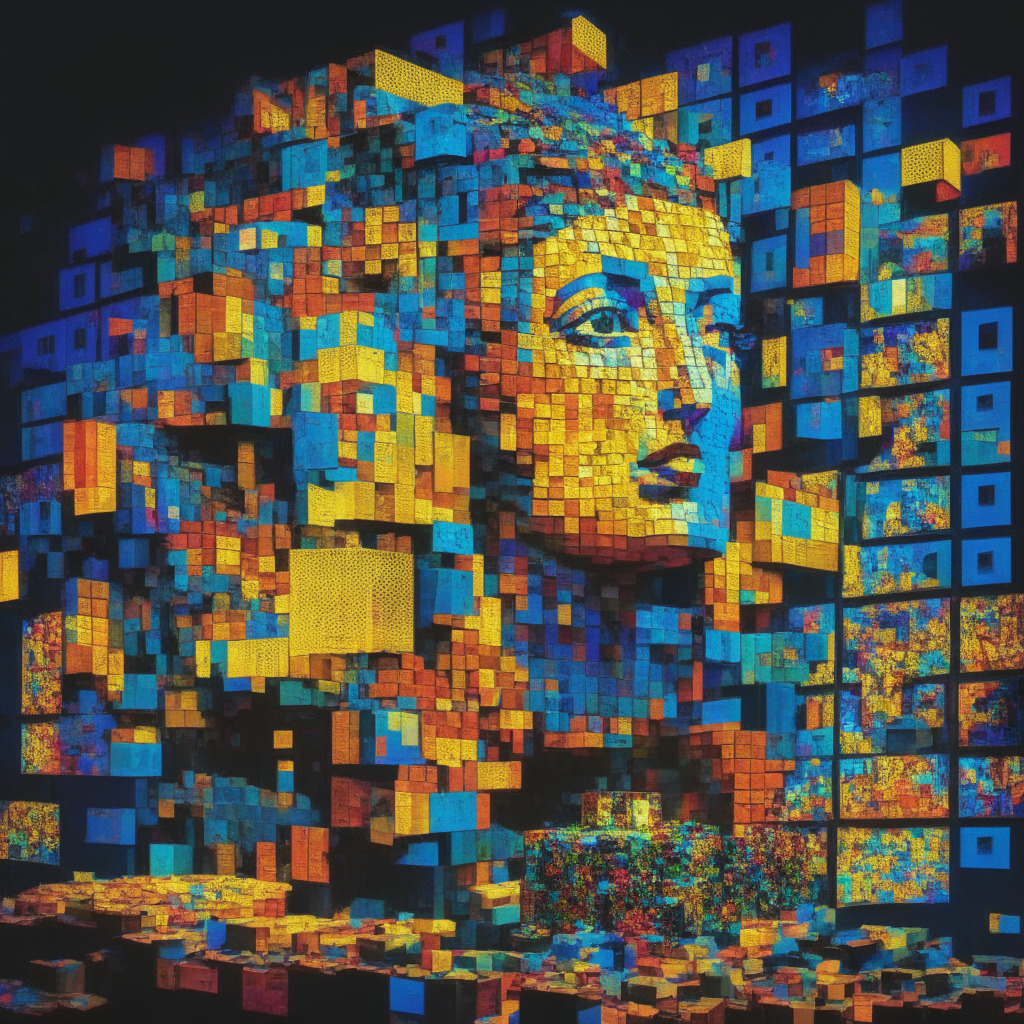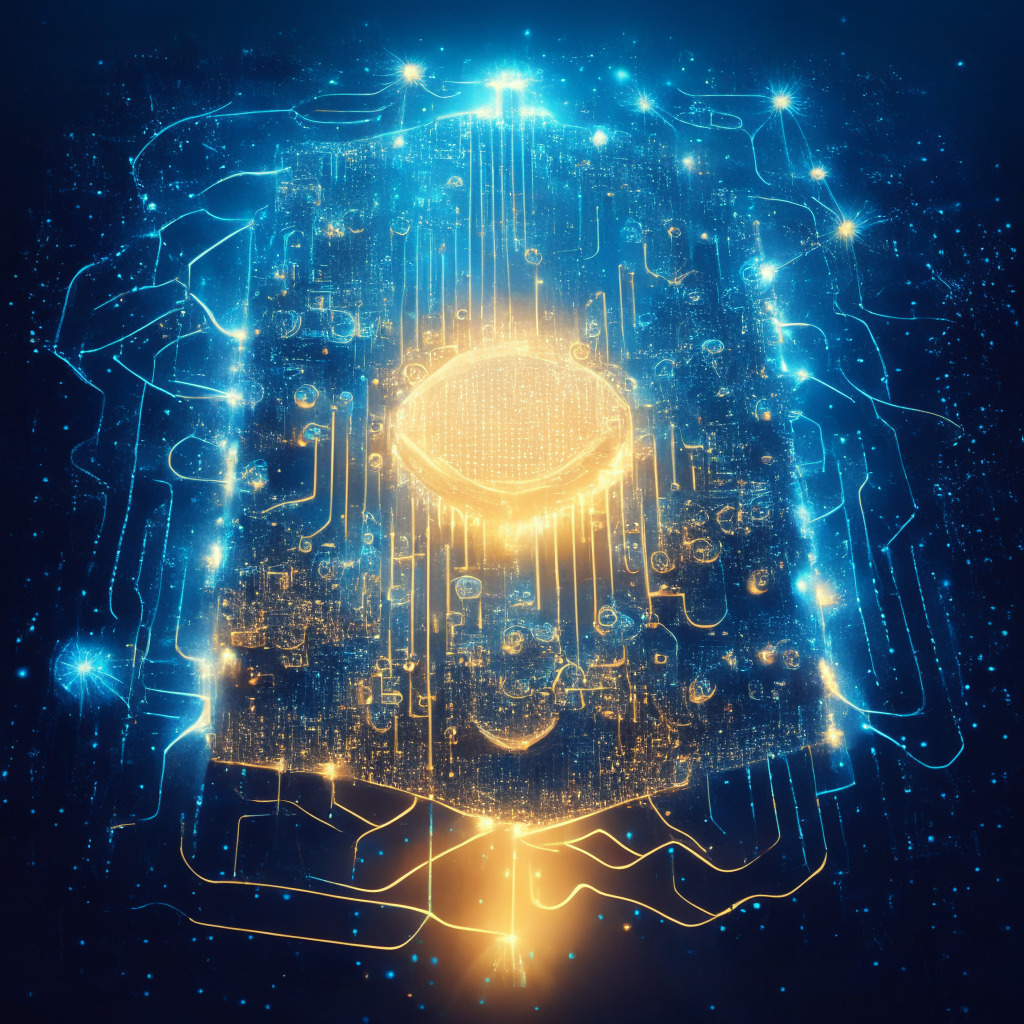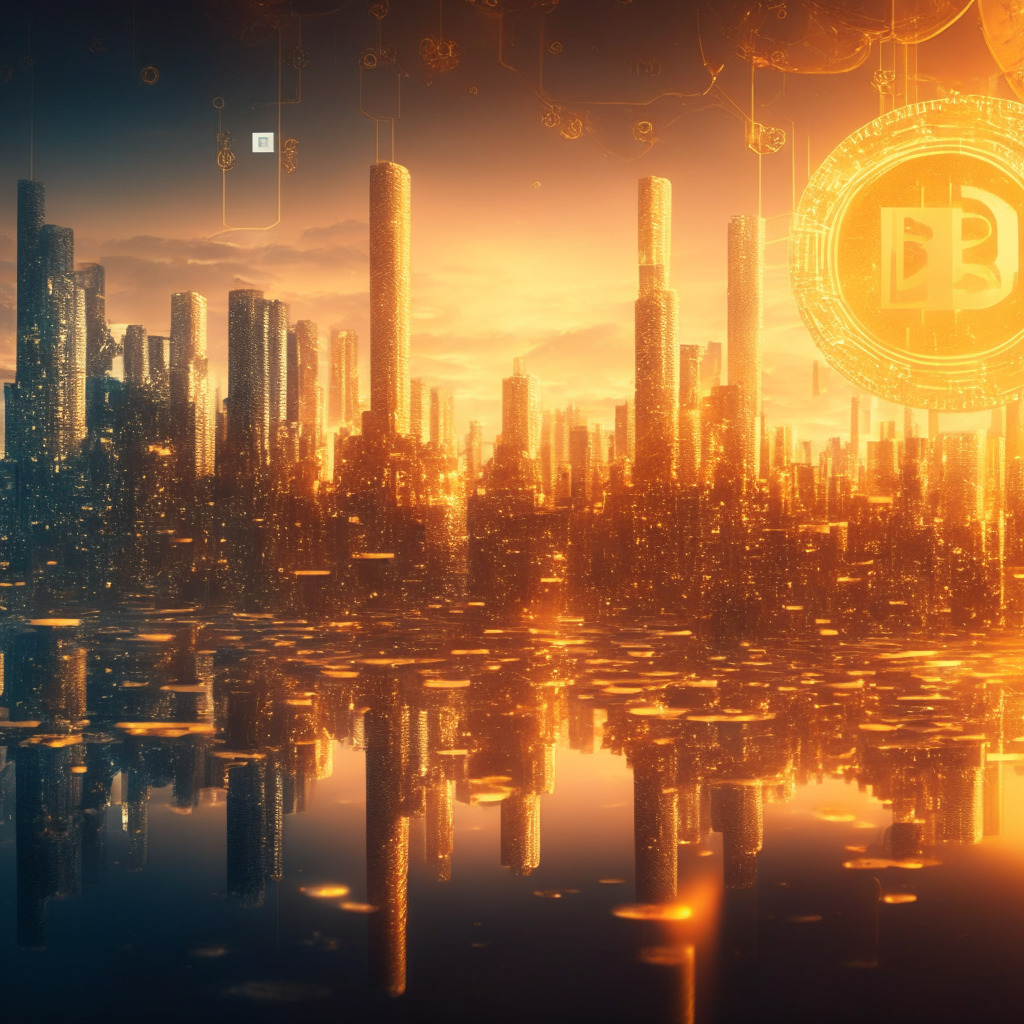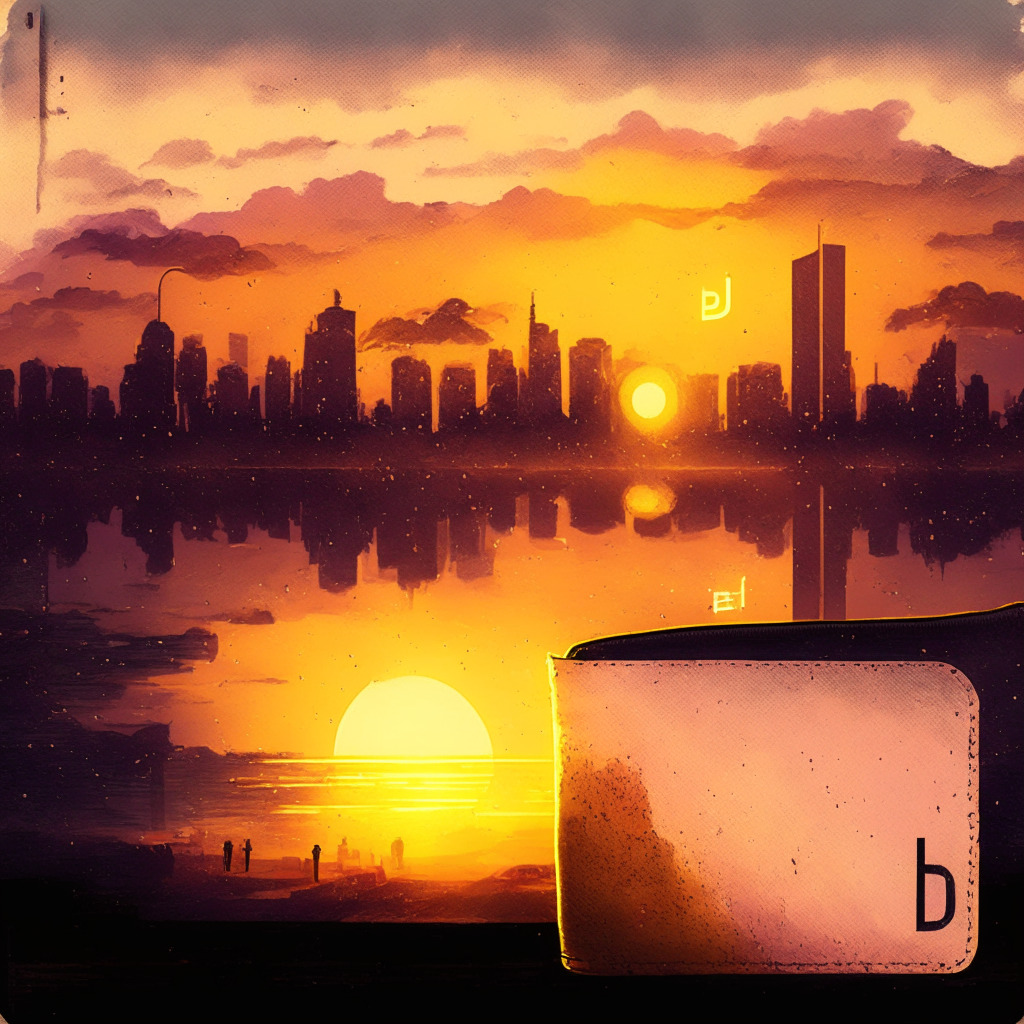Since its birth in 2021, the digital arts platform Particle has captured the attention of art enthusiasts and crypto aficionados alike with their next-level implementation of non-fungible tokens (NFTs). The idea? Fractionalizing ultra-valuable artworks into bite-sized NFTs, or as Particle themselves call it, “particalization”. Each particle signifies a specific part of the artwork, bestowing co-ownership upon the possessor of the particle.
To illustrate, take Banksy‘s famed ‘Love is in the Air’ — a piece worth a staggering $12.9 million. It got portioned into a sheer 10,000 NFTs, under the guidance of the non-profit Particle Foundation. Now, each of these particles represents governance rights over the artwork. This breakthrough concept has attracted more than 2,500 co-owners and counting.
This multi-owner structure lends a democratic flavour to the staid art ownership realm. Particle collectors join an exclusive club where decision making shared between the co-owners – from which artworks to procure, to how and when to sell. The positioning and showcasing of the artwork are also subjected to a vote.
In an intriguing twist, the method of particalization seems to be evolving with the changing dynamics of the stakeholders involved. For instance, The Particles for Banksy’s piece signified just governance rights, unlinked to the actual financial interest in the work of art. However, the approach changed after community feedback and hence, the Particles for H.R. Giger’s Necronom (Alien III) represented 100% of the legal title, and economic rights to the underlying Art.
As the future of art ownership and governance pivots towards digital and NFTs, the potential of co-ownership is gaining larger relevance and momentum. Yet, while the democratization of ownership is indeed a refreshing change, complexities might arise from the shared decision-making process.
Additionally, the authentication and valuation of digital art have been rife with uncertainty. Still, encouraging signs are emerging as architects of the art and crypto world join forces, combining their knowledge to shape the digital art market’s future, advocating greater transparency, accessibility, and stakeholder involvement in the world of art. The partnership between the Particle Foundation and global art institutions like Phillips Auction House and Institute of Contemporary Art in Miami reveals this future potential.
Beyond shaking up art ownership, Particle has also initiated art-related events and even issues “personal physical components” of the digital work to eminent collectors. So one might find themselves owning a Giger print or even an iconic Banksy painting — all thanks to the realm of fractionalized art ownership, a revolution spearheaded by the burgeoning world of blockchain and NFTs.
Source: Cryptonews




